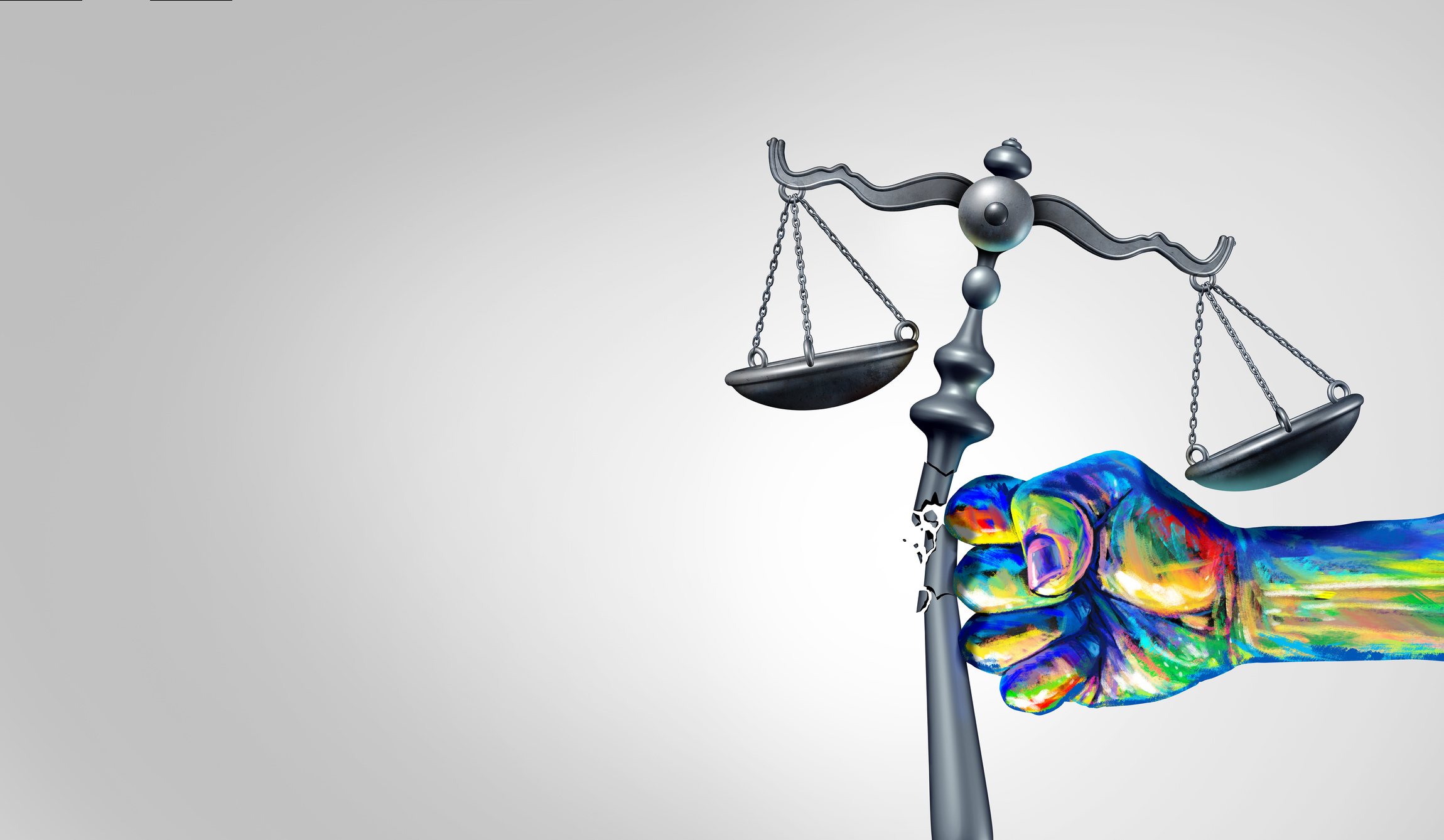Capped Liability
How SB897 Limits Legal Accountability
Caps on HECO’s Total Liability
SB897 imposes strict limits on how much an electric utility like HECO can be held financially responsible for—even if its equipment helped cause a fire. The total liability for property damage is capped, regardless of how many homes are lost or how extensive the destruction. That means families could receive only a portion of what they deserve.
Limits What Victims Can Sue For
Under SB897, wildfire victims can only recover economic losses like the value of their home or personal property. Non-economic damages—including pain and suffering or emotional trauma—are excluded entirely. The bill rewrites the rules in a way that limits victims’ legal rights and the full value of what they’ve lost.
Shifts the Standard of Responsibility
This bill defines a “covered catastrophic wildfire” as one that might have been caused or worsened by a utility—but sets no clear legal standard for fault. It also gives the emergency management director, not a court, the power to declare a fire “covered.” That weakens traditional accountability and could shield utilities from real consequences
Makes It Harder to Hold HECO Accountable
SB897 eliminates joint and severed liability for utility-related wildfire cases—meaning utilities can’t be held fully responsible even when their role is clear. Instead, blame is divided up, and utilities can point fingers at others—even non-parties in the lawsuit. This drastically reduces the incentive for utilities to prioritize safety.
Protects Utilities, Not Communities
SB897 doesn’t just change how wildfire claims are handled—it tilts the entire legal system toward protecting utilities. It limits lawsuits, caps payouts, and directs courts to enforce these limits even before all claims are heard. Families are left to compete for compensation under a capped system, while utilities avoid meaningful risk.
